200G QSFP56 Active Optical Cable
- Estimated Delivery : Up to 4 business days
- Free Shipping & Returns : On all orders over $200
The 200G QSFP56 Active Optical Cable (AOC) is a high-performance, cost-effective solution designed for short-range, high-speed data transmission in data centers and high-performance computing environments. This cable integrates a QSFP56 module on both ends and uses active optical technology to ensure reliable and efficient data transfer.The 200G QSFP56 AOC supports a 200Gbps aggregate data rate, with each of the four lanes operating at 50Gbps (PAM4 modulation). It is compliant with QSFP56 MSA and IEEE 802.3cd 200GBASE-SR4 standards, ensuring compatibility with industry-leading networking and switch equipment.
Designed for high-density applications, this AOC eliminates the need for separate optical transceivers and fiber cables, reducing power consumption and simplifying cabling. It offers a low power consumption of typically less than 4.5W per end, helping to improve energy efficiency in large-scale deployments.With a low latency and high reliability, the 200G QSFP56 AOC is ideal for cloud computing, hyperscale data centers, and high-speed networking applications. It supports transmission distances of up to 30 meters, making it suitable for in-rack and inter-rack connections.
The cable is hot-pluggable, allowing for easy installation and replacement without disrupting network operations. It features built-in digital diagnostic monitoring (DDM) for real-time status monitoring of key parameters such as temperature, voltage, and optical power, ensuring stable performance and quick troubleshooting.The 200G QSFP56 AOC is a plug-and-play solution, simplifying deployment and reducing maintenance efforts. It provides a cost-effective alternative to optical transceivers and fiber patch cables while maintaining high-speed connectivity and signal integrity. With its robust design, high bandwidth, and energy-efficient operation, this AOC is a reliable choice for enterprises and cloud providers looking to optimize their high-speed interconnect infrastructure.
| Brand | WHGEARLINK |
|---|---|
| Description | QSFP56 200G 850nm XXM AOC |
| Data Rate | 200G |
| Package | QSFP56 to QSFP56 |
| Cable type | AOC |
| Power Consumption(W) | ≤4.5W |
| Operating Temperature | 0 to 70°C (32 to 158°F) |
| DOM | Yes |
Be the first to review “200G QSFP56 Active Optical Cable”
Compatible with IEEE 802.3bj and IEEE 802.3cd
Supports IBTA InfiniBand HDR
Up to 200Gb/s data rate
4x 50Gb/s PAM4 modulation
Programmable Rx output amplitude and pre-emphasis
SFF-8665 compliant QSFP56 port
Single 3.3V power supply
4.35W power dissipation each end, with re-timing
Bit Error Rate (BER) 1 E-15 with InfiniBand systems
Up to 100m length
Operating case temp Commercial: 0°C to +70 °C
Hot pluggable
RoHS compliant
SFF-8636 compliant I2C management interfac
What is a 200G optical transceiver?
A 200G optical transceiver is a high-speed optical module designed to support 200Gbps data transmission rates. It uses multi-channel or aggregation technology and is widely used in data centers, cloud computing, and carrier backbone networks in high-bandwidth applications.
What are the main technical principles behind the 200G optical transceiver?
By utilizing multi-channel lasers and high-density optical fiber transmission technology, the 200G optical transceiver aggregates multiple parallel channels to achieve a total bandwidth of 200Gbps. It typically follows the QSFP56 or CFP8 form factor standards.
What are the two main types of 200G optical transceivers?
200G optical transceivers are mainly divided into single-mode and multi-mode types. Single-mode modules are suitable for long-distance transmission, while multi-mode modules are designed for high-speed, short-range interconnections within data centers.
What are the transmission distance specifications for 200G single-mode optical transceivers?
Common specifications include 40km, 80km, and even longer distances, suitable for interconnecting across cities, metropolitan networks, and backbone networks. Short-distance models are designed for interconnecting within data centers.
What scenarios are 200G multi-mode optical transceivers suitable for?
Multi-mode modules are primarily used for high-speed interconnections between cabinets or buildings within data centers. Transmission distances are typically in the range of 100 to 300 meters, catering to high-density wiring needs.
What role do 200G optical transceivers play in data centers?
They provide ultra-high-speed interconnections between servers, storage, and switches, supporting big data, virtualization, and cloud computing applications, thus forming the backbone of core network architecture.
What standards and interfaces do 200G optical transceivers follow?
200G optical transceivers typically follow IEEE 802.3bs, CFP8, QSFP56, and other standards, and use LC, MPO/MTP, and other interfaces to ensure cross-vendor compatibility and flexible deployment.
How do 200G optical transceivers achieve high-bandwidth transmission?
By leveraging multi-channel lasers, parallel transmission, and advanced modulation technologies, multiple lower-speed channels work simultaneously to reach a total transmission rate of 200Gbps.
What are the key performance indicators of 200G optical transceivers?
These include transmission speed, bit error rate, power consumption, temperature range, laser stability, and DDM monitoring capability, all of which directly impact network performance and reliability.
Why is power consumption control important in 200G optical transceivers?
Low power consumption design helps reduce heat load and operational costs in data centers, ensuring long-term stable operation in high-density deployment environments.
How do 200G optical transceivers ensure a low bit error rate?
By using high-precision lasers, advanced signal modulation and processing technologies, along with strict manufacturing and testing processes, 200G optical transceivers typically require a bit error rate below 10⁻¹².
What monitoring functions do 200G optical transceivers support?
They feature built-in Digital Diagnostic Monitoring (DDM) functions to monitor temperature, voltage, optical power, and laser bias current in real-time, allowing for fault alerts and remote management.
What is the significance of 200G optical transceivers in cloud computing platforms?
Their ultra-high-speed transmission capability meets the demands of big data and virtualization, supporting high-density interconnections and ensuring efficient data exchange and processing in cloud platforms.
What are the key manufacturing processes for 200G optical transceivers?
High-precision lasers, low-loss fiber connections, and stringent quality control tests are critical to ensure that the transceivers meet the requirements for high-speed transmission, low latency, and long lifespan.
How do 200G optical transceivers handle temperature variations?
They employ advanced temperature control technologies and stable laser designs to ensure stable signal transmission within the specified operating temperature range, meeting the application needs in diverse environments.
What modulation techniques are used in 200G optical transceivers?
The modulation techniques depend on the application. Most 200G modules used in data centers utilize four-level pulse amplitude modulation (PAM4) to achieve 200G rates via parallel multi-channel transmission. Some long-distance or metropolitan network applications may use coherent modulation technologies like DP-QPSK or DP-16QAM to improve transmission distance and resistance to interference.
Do 200G optical transceivers come in QSFP-DD packaging?
Some 200G optical transceivers do use QSFP-DD packaging. QSFP-DD offers higher port density, better heat dissipation, and provides flexibility for future upgrades to 400G, making it popular in high-density data centers and high-bandwidth networks. However, 200G modules are also commonly available in QSFP56 or CFP form factors, with the choice depending on application requirements and system planning.
What is the specific application of the 200GBASE-SR4 QSFP56 850nm 100m DOM MPO-12/UPC product?
The 200GBASE-SR4 QSFP56 optical transceiver uses an 850nm multi-mode laser, supports 100 meters of transmission, and includes Digital Optical Monitoring (DOM). Its MPO-12/UPC interface and breakout design allow the 200G signal to be split into four 50G channels. It is primarily used for short-distance high-speed Ethernet interconnection within data centers and enterprise campuses.What is the maximum transmission distance achievable by 200G optical transceivers on the market?
The longest transmission distance achievable by 200G optical transceivers is up to 10 kilometers. For example, the 200GBASE-LR4 optical module, using wavelength division multiplexing (WDM) technology over single-mode fiber, can support transmission up to 10 kilometers. However, 200G optical transceivers are primarily used for short-distance transmission, mainly within supercomputing centers and intelligent computing centers.
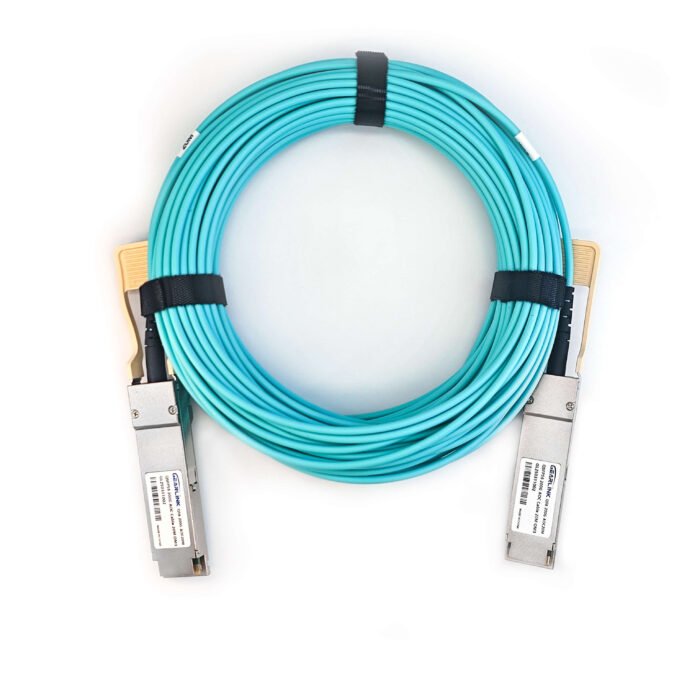
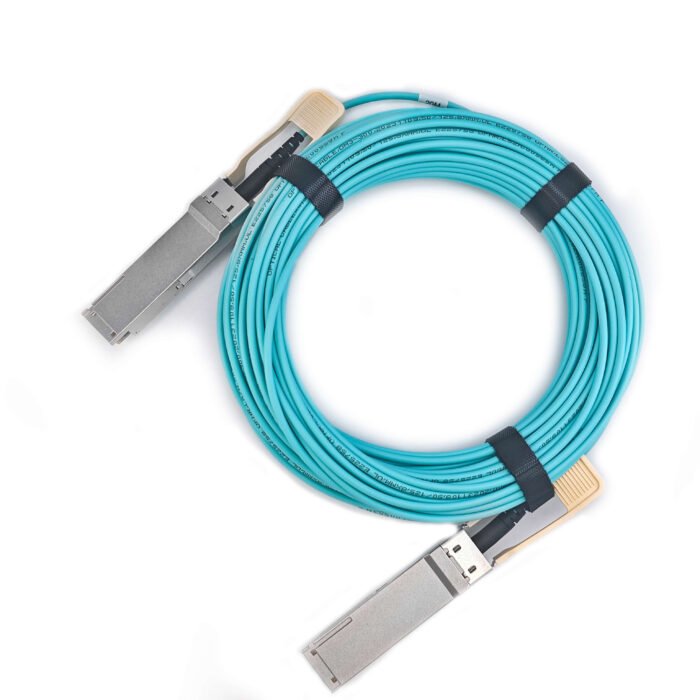
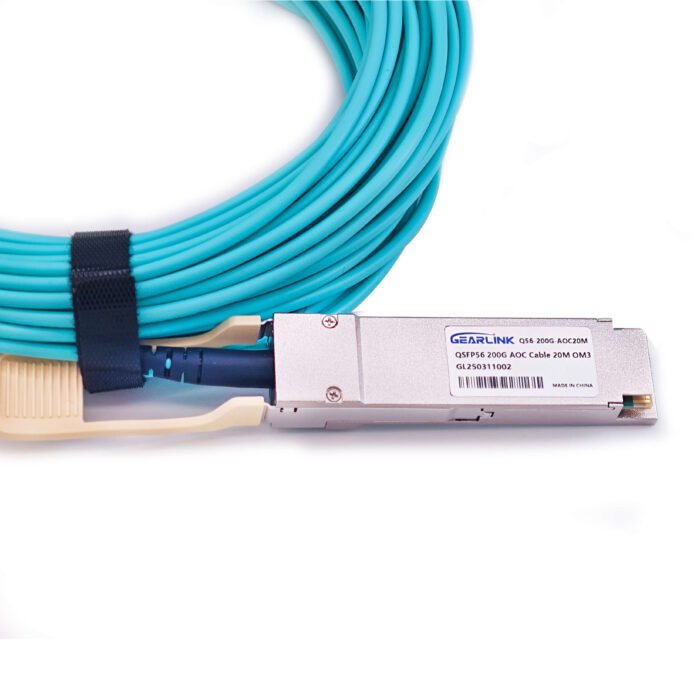
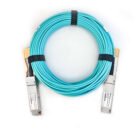

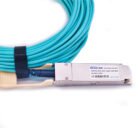

Reviews
There are no reviews yet.